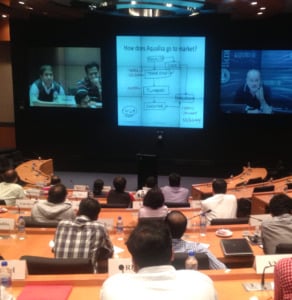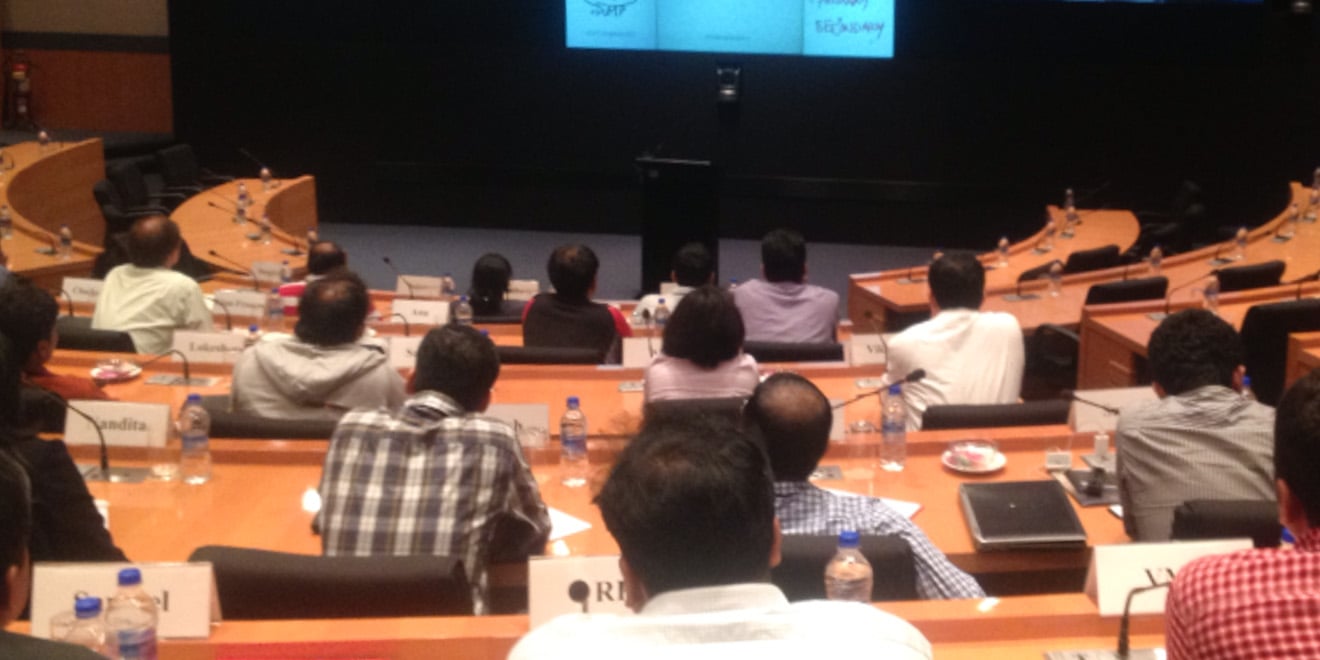
Last week, the Graduate School of Business (GSB) announced an online program targeted at engaging working executives in a part-time, cohort-based, self-paced curriculum. The program is called the LEAD Certificate and derives its name from a few guiding principles: Learn, Engage, Accelerate and Disrupt.
The online platform enables participants to continue working while expanding their skills and knowledge in the realm of business. The flexibility of the digital course allows people who are unable to live at Stanford for weeks at a time to take short, conventional courses offered at the GSB.
Another advantage of hosting a part-time program is that participants can immediately apply the skills that they learn in a professional setting. Upon encountering challenges or questions, they can return to their professors and advisors about how to develop new skills.
“The format is designed to be flexible so you can really engage with the concepts – understand how they can be applied – and allow you to start transforming your organization while you’re in the program,” said Paul DeMarzo, the faculty director of educational technology at the GSB, in the introductory video for the program.
What makes this program unique is the emphasis on virtually replicating the “residential” setting a university campus offers. According to DeMarzo, the LEAD program is radical because the designers will implement a variety of strategies to give the students a sense of community.
Students will interact with each other online through group projects and offering feedback. Synchronous events, including speakers, panels and workshops, will imitate the “classroom” feel, which is much more engaging than a typical online course, or MOOC (Massive Open Online Course).
The program will use a platform called NovoEd, which was co-developed by Stanford MS&E professor Amin Saberi and Ph.D. student Farnaz Ronaghi.
“NovoEd has been very successful in making the students feel a sense of belonging and making them basically learn certain skills, like giving feedback to other people, running meetings – many things people learn through working with others,” Ronaghi said.
The virtual community is also enabled by the select cohort of participants who make up the body of learners. The LEAD Program will accept up to 100 applicants from around the world.
“We want people are going to be go-getters and are going to have an impact in their organization with the things that they learn,” said Audrey Witters, the managing director of online executive education at the GSB.
While a MOOC can host a large number of students, these students often fall along a large and varied scale of commitment and interest. The LEAD program will foster a community of students who are eager to work with peers, business faculty and additional thought-provokers and mentors.
“I think what this represents is really a big step into the virtual learning for the GSB,” said Barbara Buell, the Director of Communications for the GSB.
To earn the LEAD Certificate, participants will complete eight of 12 virtual classes over a course of a year, averaging two per quarter. In designing the program, instructional designers, motion graphics and media specialists work with Stanford faculty to build an engaging and effective learning system. All of the courses are geared toward working executives and focused on what Witters calls “intra-preneurship.”
The LEAD Certificate is an addition to the portfolio of innovative approaches to business education. On-campus business classes already employ digital technology, including the use of a mobile app called “The Business of Change,” which was custom-developed for the GSB. Some courses also implement the flipped classroom, in which students learn material through videos at home and implement ideas and discuss concepts in class afterwards.
The GSB offers two other atypical technology-shaped programs. Stanford Ignite is a part-time program which uses high-definition videoconferencing to bring together technical experts in Stanford and five other cities: Bangalore, Beijing, London, New York City, Paris, São Paulo and Santiago. The GSB has also partnered with the School of Engineering to establish the Stanford Certificate in Innovation and Entrepreneurship, which offers online courses “à la carte.”
The biggest challenge, Witters said, is the GSB’s continual effort to always stay at the forefront of technological innovation, finding the best new tools that can be implemented in the virtual classroom.
Contact Alexandra Bourdillon at abourdil ‘at’ stanford.edu.
